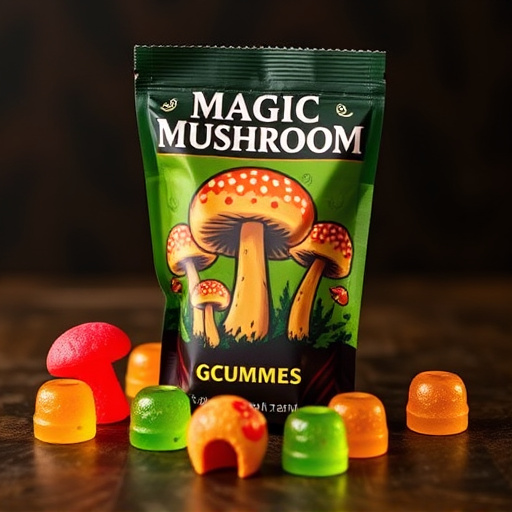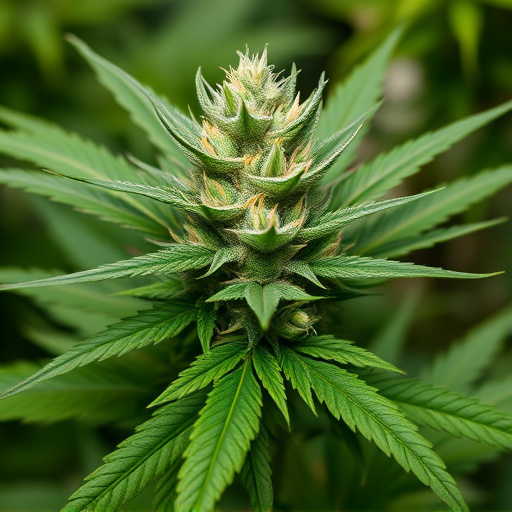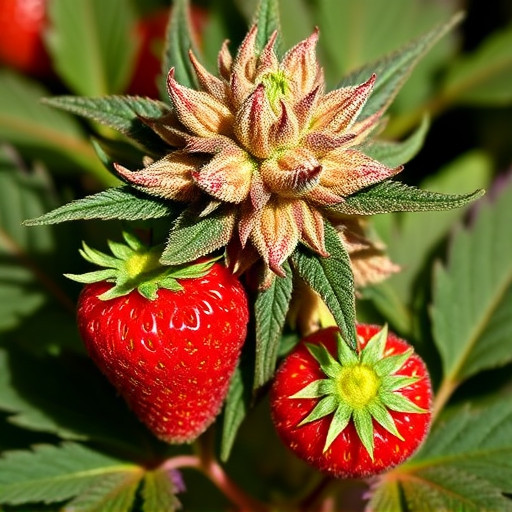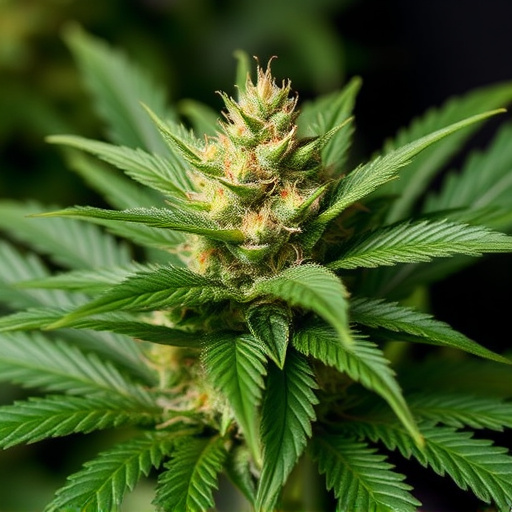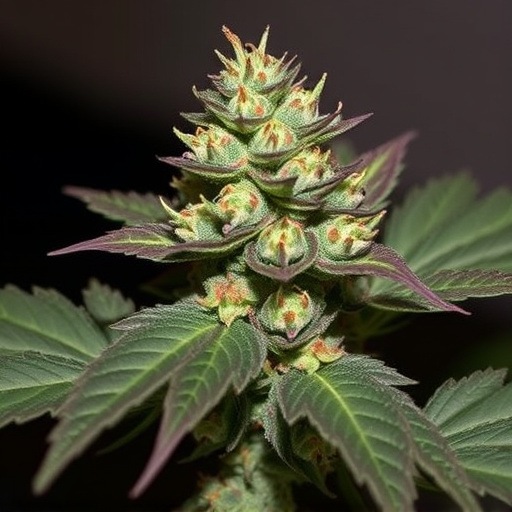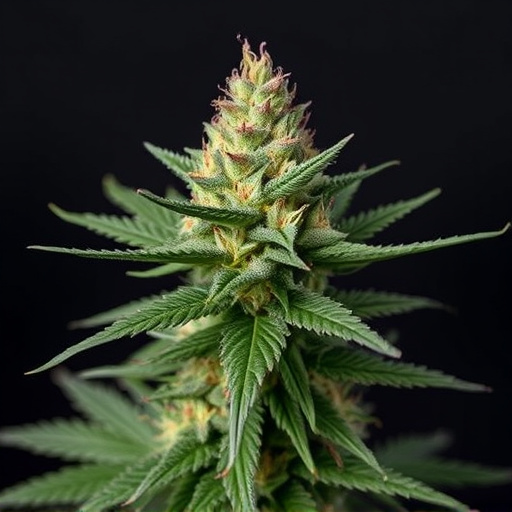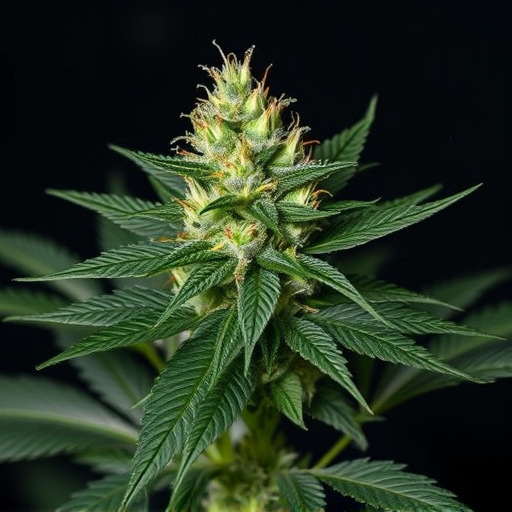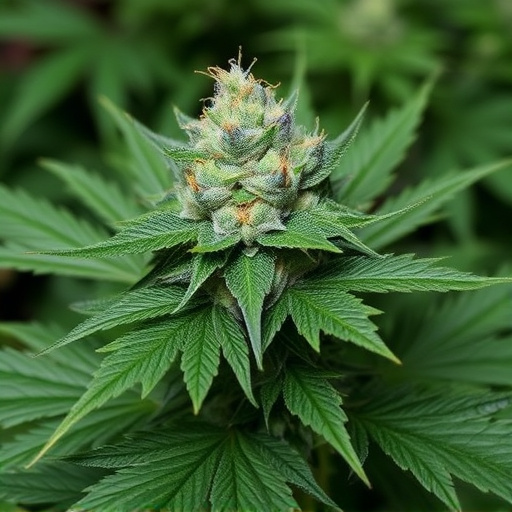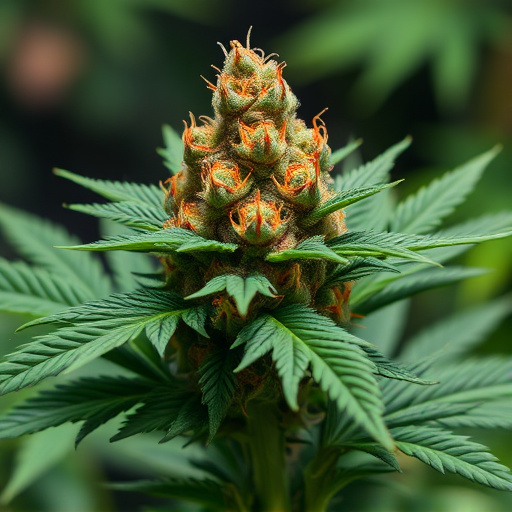Growing the best kush strains requires understanding the benefits of both outdoor and indoor environments. Outdoor settings, with natural sunlight and varying conditions, produce robust plants with distinct aromas, while indoor cultivation offers controlled growth for faster rates and higher yields. Balancing external factors like sunlight, temperature, humidity, and air quality, along with internal factors such as nutrients and soil, results in healthy cannabis plants with enhanced terpene profiles and potent effects catering to enthusiasts' preferences. The optimal choice between outdoor and indoor settings depends on balancing the advantages of each environment's unique pros and challenges.
In the world of cannabis cultivation, the age-old debate rages on: is outdoor or indoor growing the superior method? This article delves into the intricate differences between these two cultivation environments, focusing specifically on best kush strains. From growth considerations and quality analysis to practicality and yield comparison, we explore how each setting impacts terpene profiles, cannabinoid content, resource consumption, and ultimately, the final product’s desirability.
- Growth Considerations: Outdoor vs Indoor Environments
- – Factors influencing plant development
- – Advantages and disadvantages of each setting
Growth Considerations: Outdoor vs Indoor Environments
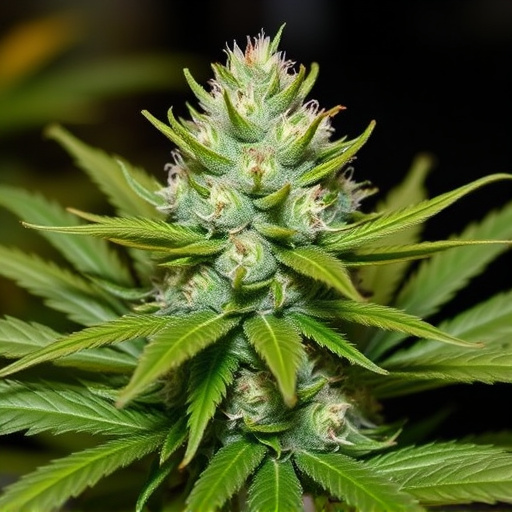
When comparing outdoor and indoor weed, understanding growth considerations is key. Outdoor environments offer a plethora of benefits for cannabis plants, including access to natural sunlight, fresh air, and varying temperatures. These conditions are particularly ideal for many of the best kush strains known for their potent aromas and flavors. Sunlight triggers photosynthesis, enabling plants to produce robust, sticky buds rich in terpenes and cannabinoids.
Conversely, indoor environments provide controlled atmospheres that allow growers to manipulate light cycles, temperature, humidity, and nutrient delivery. This control can lead to faster growth rates and higher yields, especially for strains that thrive in such conditions. However, the lack of natural sunlight might result in plants with slightly different chemical profiles compared to their outdoor counterparts, which some enthusiasts prefer for specific effects.
– Factors influencing plant development
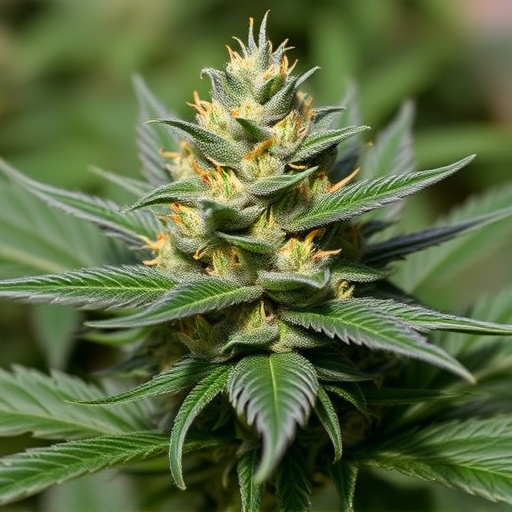
Plant development is influenced by a myriad of factors, both internal and external, that contribute to its overall health and quality. In the context of cultivating best kush strains, understanding these elements is key to achieving optimal results, whether growing outdoors or indoors. External factors such as sunlight exposure, temperature, humidity, and air quality play significant roles in determining the final product. Sunlight, for instance, is essential for photosynthesis, driving the growth and development of cannabis plants. The right balance of light intensity and duration can significantly enhance the potency and flavour of kush strains.
Similarly, internal factors like nutrient availability, soil or growing medium composition, and proper drainage also shape plant development. Ensuring these elements are in harmony allows for robust and healthy cannabis plants, maximising their potential to produce high-quality buds. When it comes to best kush strains, optimal conditions can lead to a richer terpene profile, enhanced aromatic compounds, and more potent effects, ultimately catering to the preferences of cannabis enthusiasts.
– Advantages and disadvantages of each setting
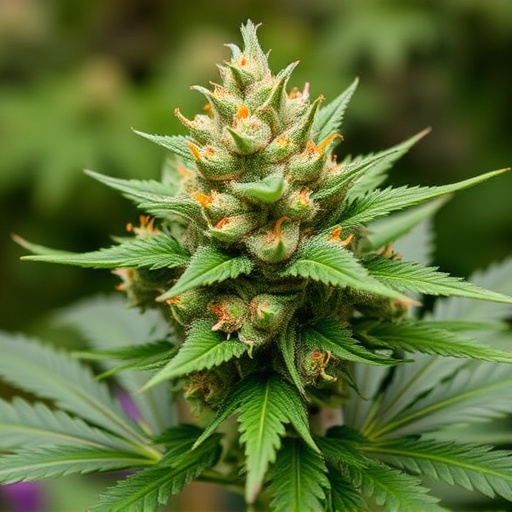
When it comes to cultivating the best kush strains, both outdoor and indoor settings offer unique advantages and disadvantages. Outdoor cultivation allows plants to benefit from natural sunlight, fresh air, and often, a more diverse range of environmental conditions. This can result in robust, resilient plants with rich terpene profiles and potent effects. However, outdoor setups are more susceptible to pests, diseases, and unpredictable weather conditions, which can lead to inconsistent yields and potential crop losses.
On the other hand, indoor growing provides control over environmental factors like light cycles, temperature, humidity, and nutrient levels. This consistency fosters predictable results, enabling growers to produce high-quality kush strains consistently. Indoor setups are less prone to pest and disease issues but require significant upfront investment in equipment like lights, vents, and grow media. Additionally, indoor cultivation may limit the genetic diversity typically found in outdoor environments.
When deciding between outdoor and indoor weed cultivation, both have their unique advantages. Outdoor settings offer a diverse environment, promoting robust growth and potential for specific best kush strains. However, indoor growing provides control over conditions, making it ideal for year-round production and specific strain requirements. Ultimately, the ‘best’ method depends on individual preferences, resources, and desired outcomes, whether focusing on maximizing yields or cultivating unique outdoor-inspired flavors.

